Kichakeshwari Temple is a temple of Hindu Goddess Chamunda (also known as Kali) located in Khiching, which was the ancient capital of the Bhanja rulers, located about 205 km from Balasore and 150 km from Baripada in the Mayurbhanj district of north Orissa.
Goddess Kichakeshwari was not only the ishtadevata and kuladevi of Bhanj dynasty but also the state deity of the princely state of Mayurbhanj.
According to the legend, Devi Kichakeswari was worshipped by Kichaka of the epic Mahabharata, who was the commander-in-chief of the country ruled by King Virata. He was the younger brother of Sudeshna, the queen.
Kichaka was a very powerful man and had immense strength. He saved Virata kingdom many times from foes. When the Pandavas lived during the agyatavasa in Virata kingdom, Malini was the name of Draupadi, the wife of the Pandavas, and she was disguised as a female servant in King Virata’s palace for one year.
Kichaka once saw Malini and desired to enjoy her beauty, but she refused. Draupadi consulted her husband Bhima, who was disguised as the palace cook.
Together, they hatched a plan wherein Draupadi, disguised as Malini, would call Kichaka and arrange a rendezvous in the dance hall after dark. When Kichaka arrived in the dance hall, he saw whom he thought to be a sleeping Malini. As Kichaka advanced forward, however, the person who he thought to be Malini revealed himself as Bhima and proceeded to kill Kichaka with his bare hands, leaving the corpse almost unrecognizable.
The original temple was built somewhere in the 7th or the 8th century but was in bad shape as it had been completely destroyed by Muslim invaders in the 1500’s.
The last ruler of the princely state of Mayurbhanj, Maharaja Pratap Chandra Bhanj Deo was appalled by the state of the destroyed temple.
He rehabilitated and reconstructed the temple in the year 1934 spending an approximate amount of Rs. 85,000, taking care not to disturb the original sculptures of the Parsvadevatas, the Chaitya arches, the amorous couples, the scroll works and the arabesques, which can still be seen in the original portions of the temple.
The temple is made of chlorite and is unique of its kind in India. It is architecturally brilliant and well carved from its outer surface.
This temple is one of the most impressive temples of Kalinga architecture. The style of the temple is contemporary of the Brahmeshwara and the Lingaraj temples of Bhubaneswar. The height of the temple is 100 feet (30 m) and the total area is 1,764 square feet.
Like many ancient Odia temples, such as Jagannath temple of Puri, there is also a replica of the main tower, which was constructed before the main temple was built. The sketch of Kichakeshwari is also carved in the small replica.
The interior is a single room where the Goddess deity is present and worshipped. The exterior of the temple is highly decorated with magnificent sculptors like nayakas, naga-nagin, Ganesha, kirtimukha, khakharamundi and other divine god and goddess.
The huge pillars sculpted with Nagin are a unique heritage of this temple.
The shrine contains a large ten-armed fearsome skeletal image of Chamunda-Kali with striking veins, ribs and sunken belly, wearing a garland of skulls and seated over a dead body.
Next to the temple, the Khiching Museum is the second oldest museum in the state of Odisha.
During the time of excavation by Archaeological survey of India in the year 1908 several images of gods and goddess where found including the images of Buddha. These are preserved in a museum housed within the temple compound, which was constructed by Maharaja Purna Chandra Bhanjadeo in the year 1922.
The monuments of Khiching represent one of the highest points of the Orissan sculpture tradition. It combined a highly original aesthetic sense with extraordinary craftsmanship.
The temple and sculptures of the place are all found in blue fine-grained chlorite, which is more enduring in nature and conducive for receiving fine ornamentation.
The iconographical evidences suggest that under the early Bhanja rulers, Khiching was a prosperous town where Brahmanism, Buddhism, and Jainism flourished side by side.
There’s an interesting legend with a connection to Mahabharata. There is a iron bar placed in the temple premise. It’s believed that the iron rod was a part of Bhima’s gada (mace) and people believe if you carry the metal and revolve around the monument all your sins will be forgiven.
The village of Khiching is also famous for its granite stone carvings by the master carvers of the village.
According to popular belief, the craftsmen came to the village during the renovation of Kichakeswari Temple.
The major festival in Khiching is Sivarathri, which is celebrated over seven days.

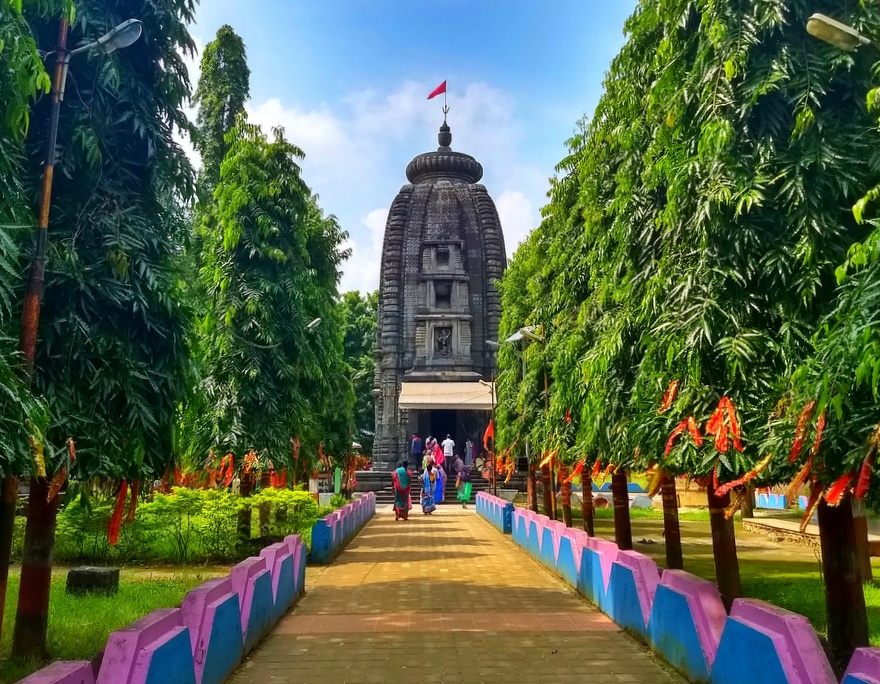

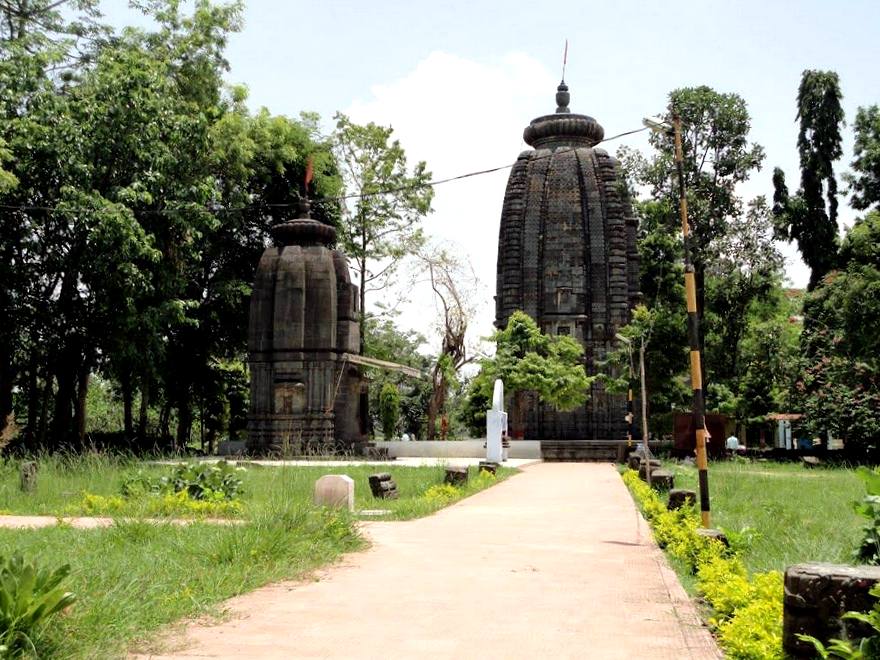
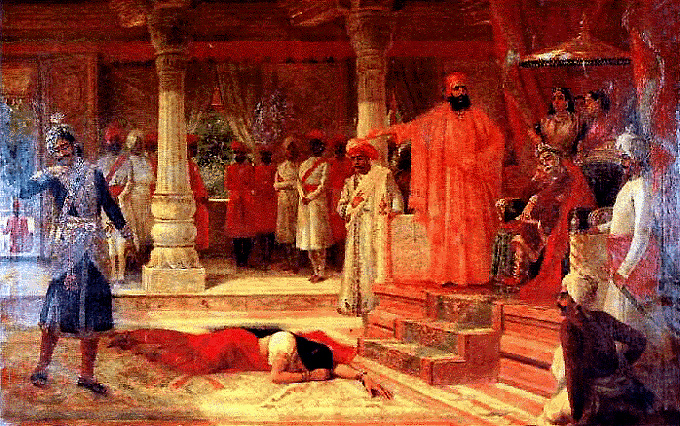
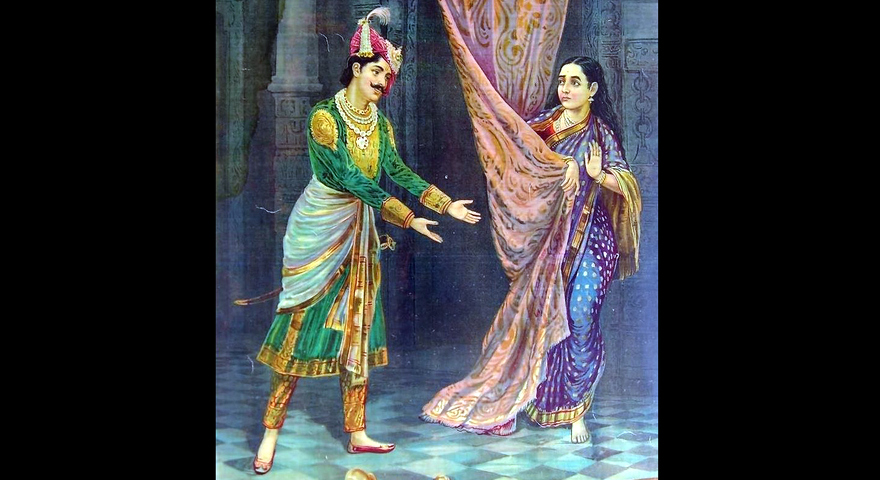
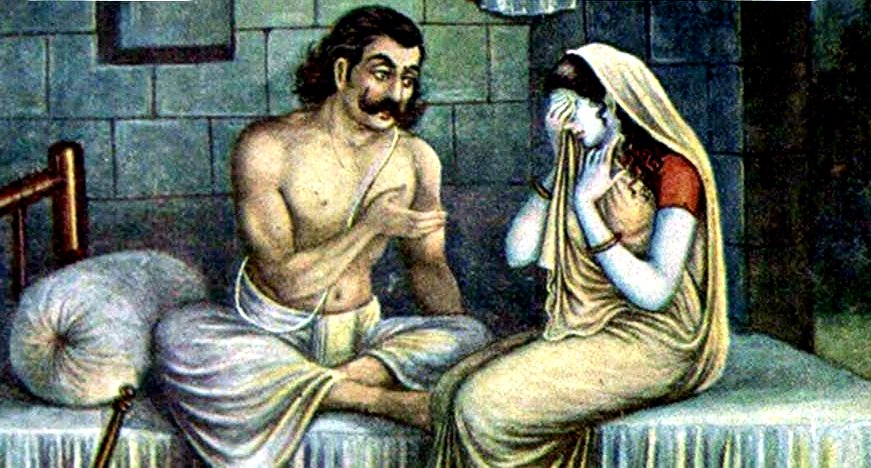
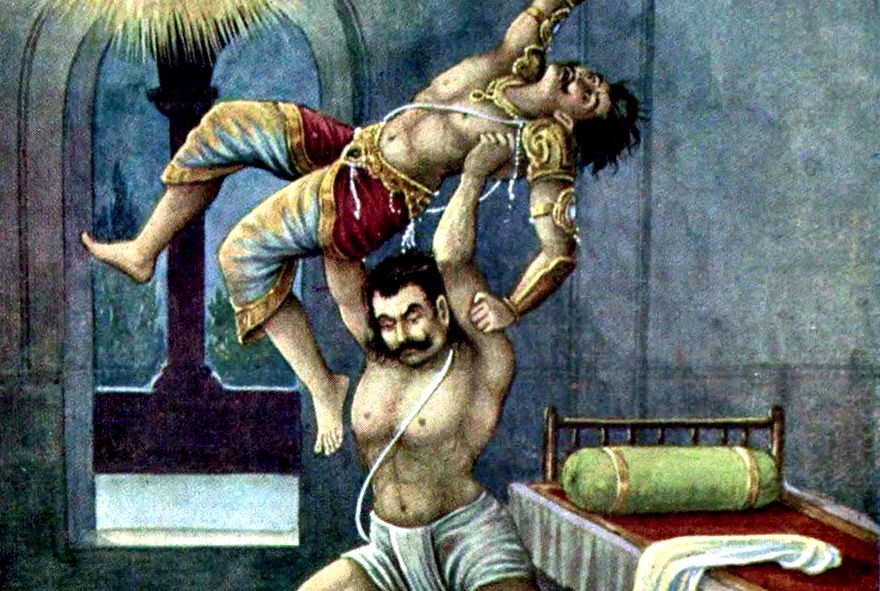
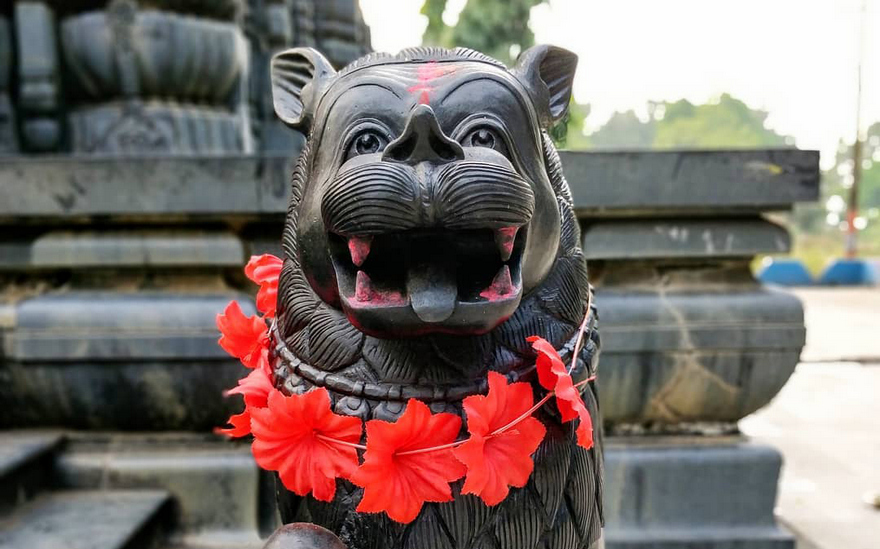
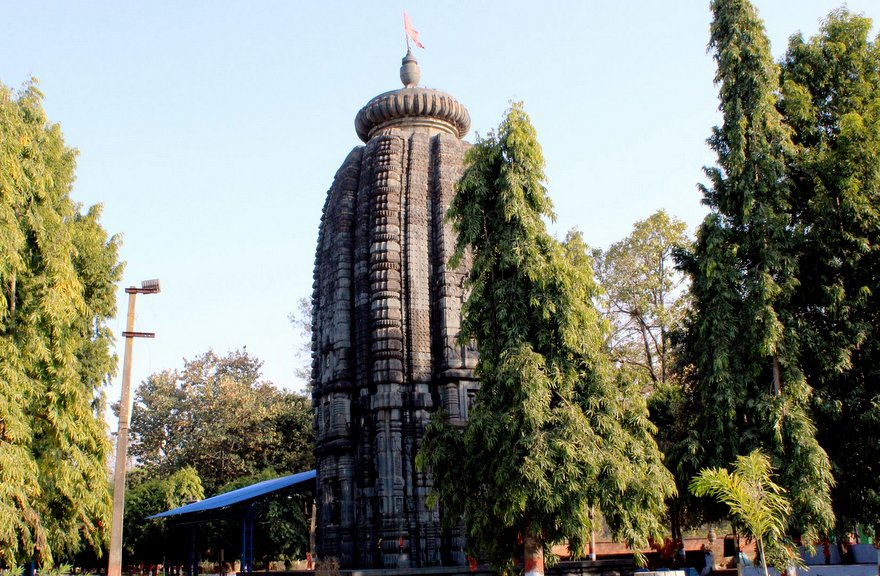

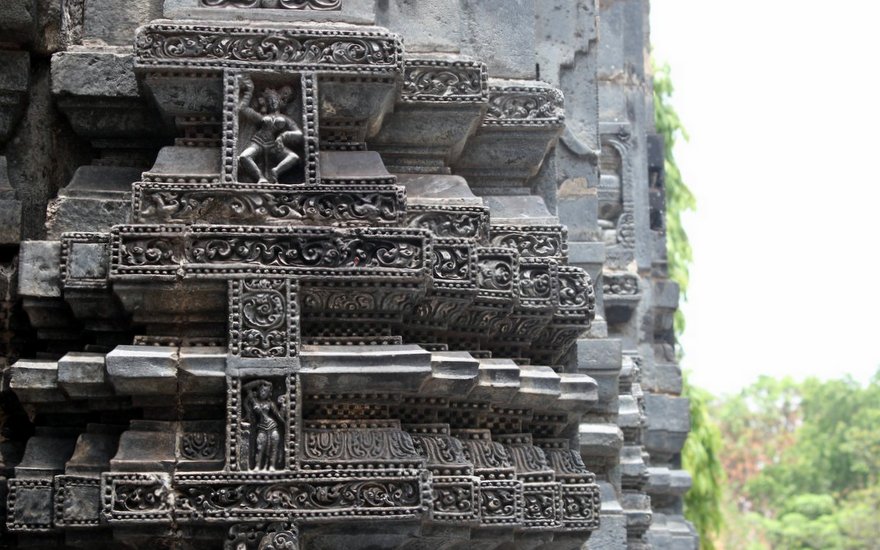
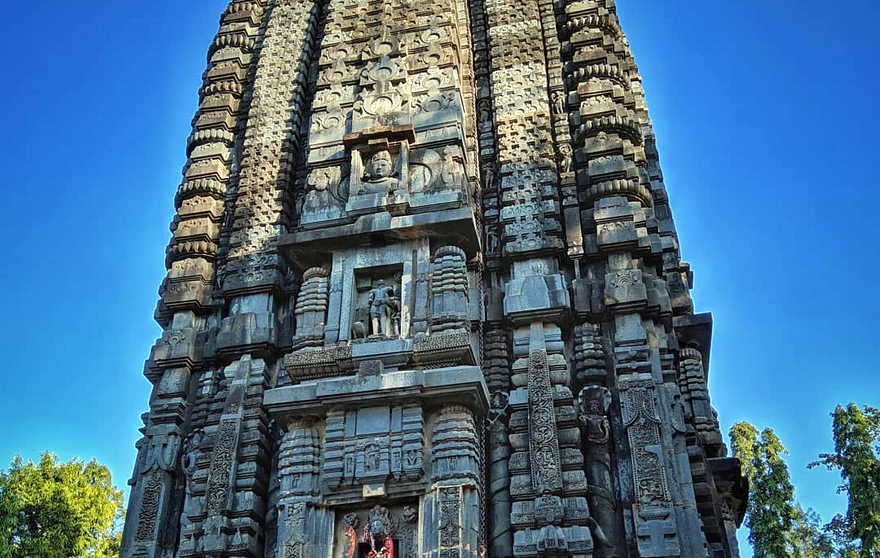
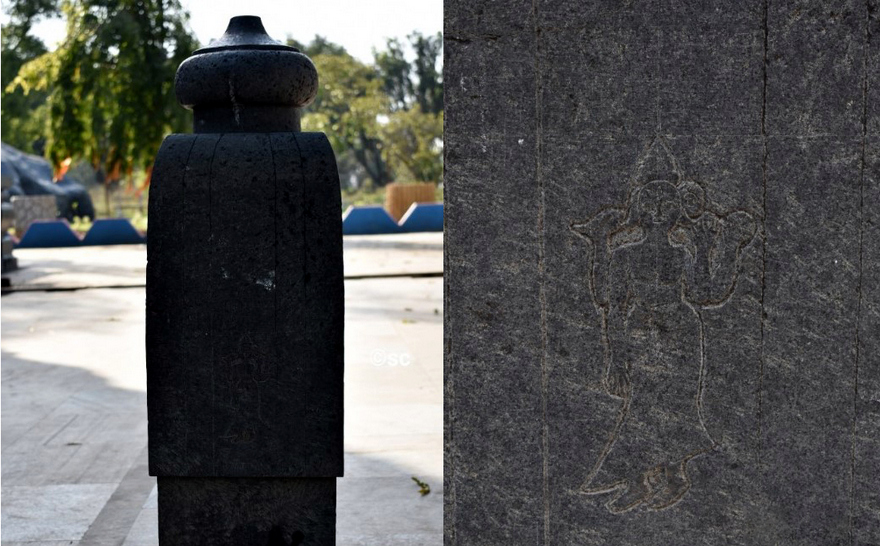
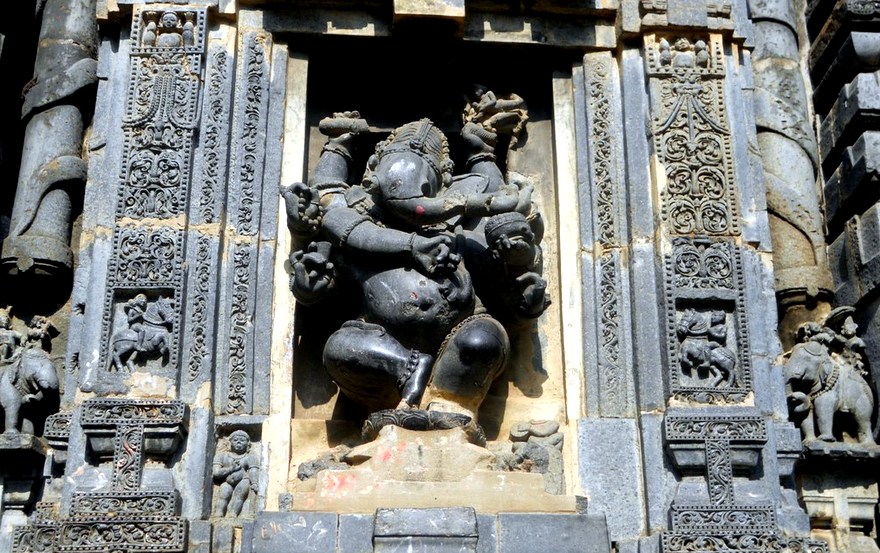
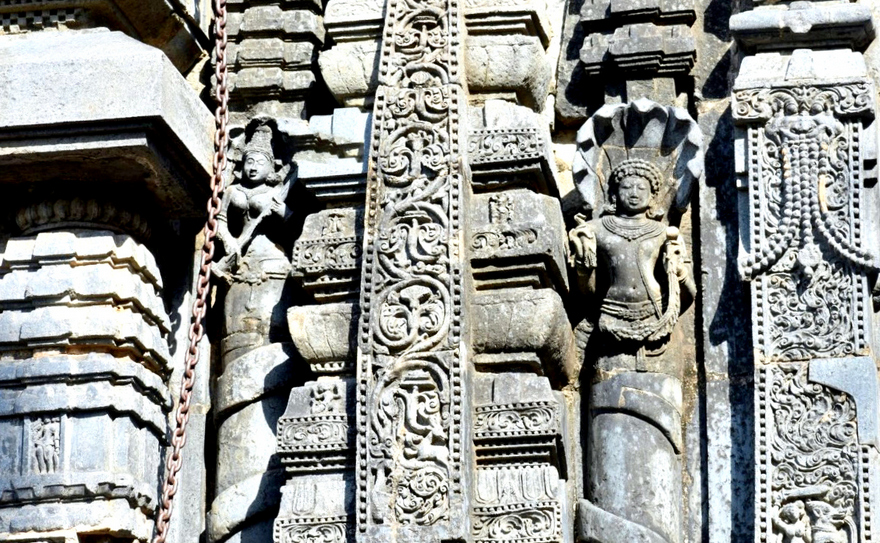
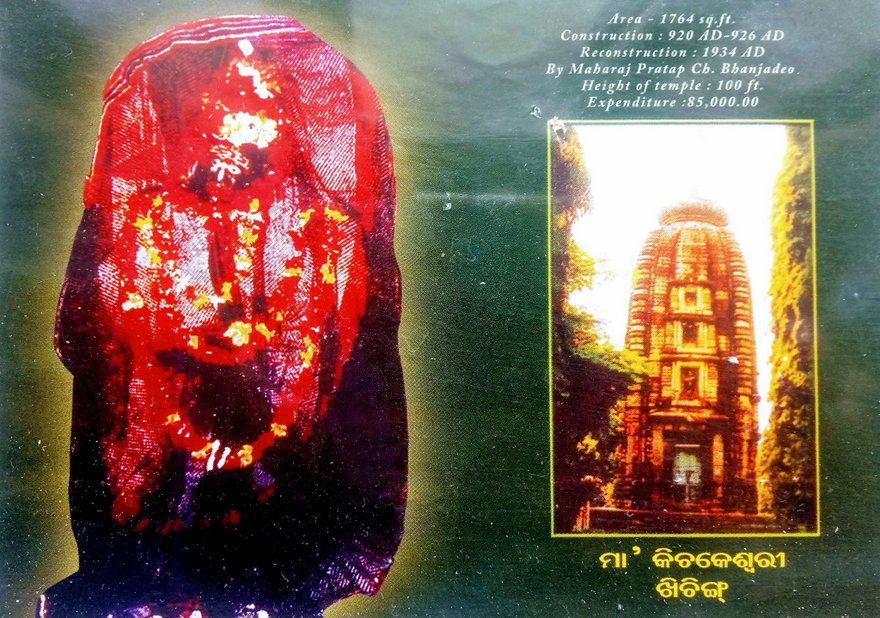
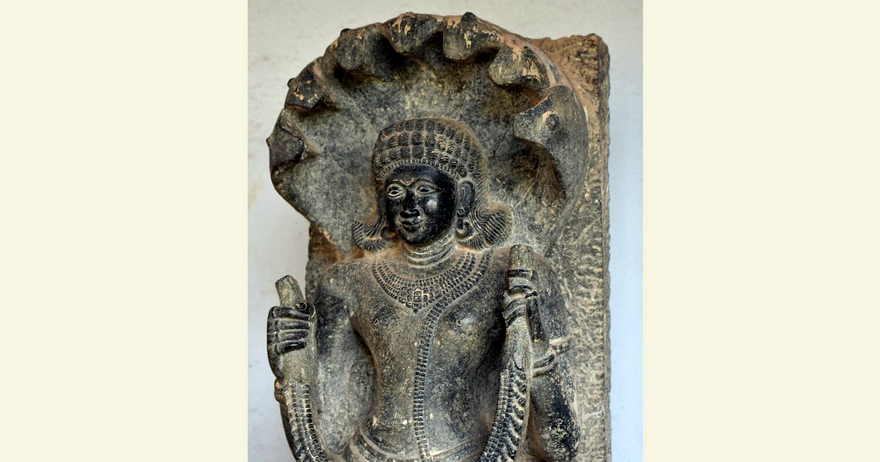
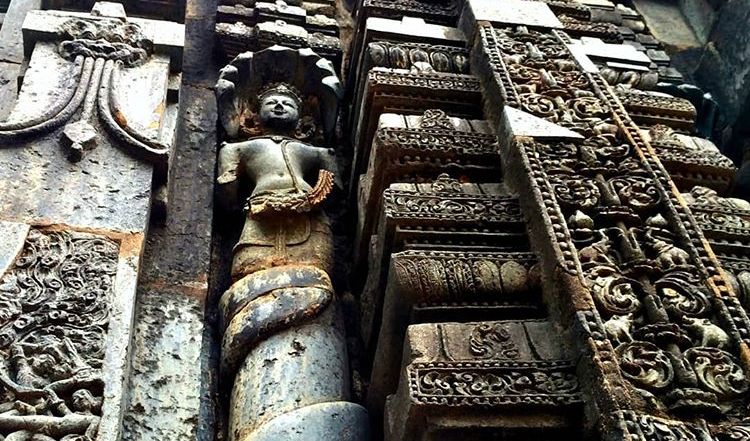
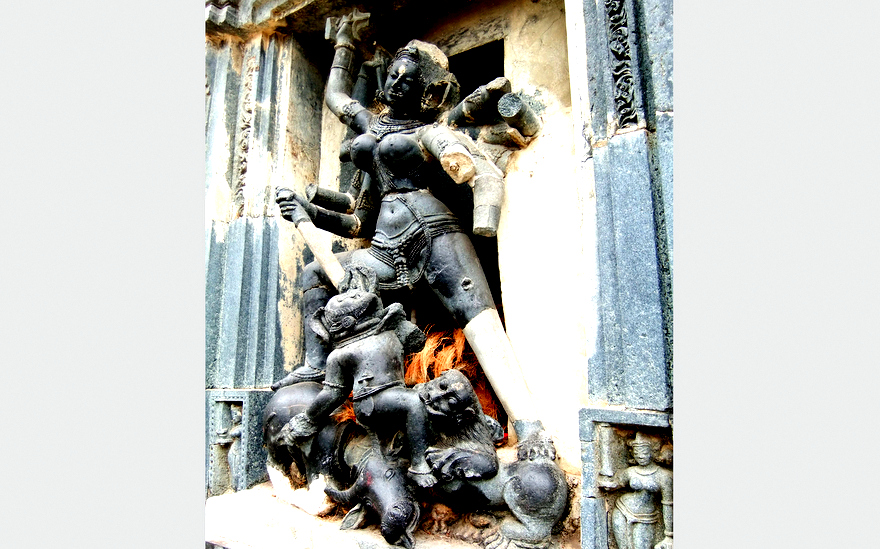
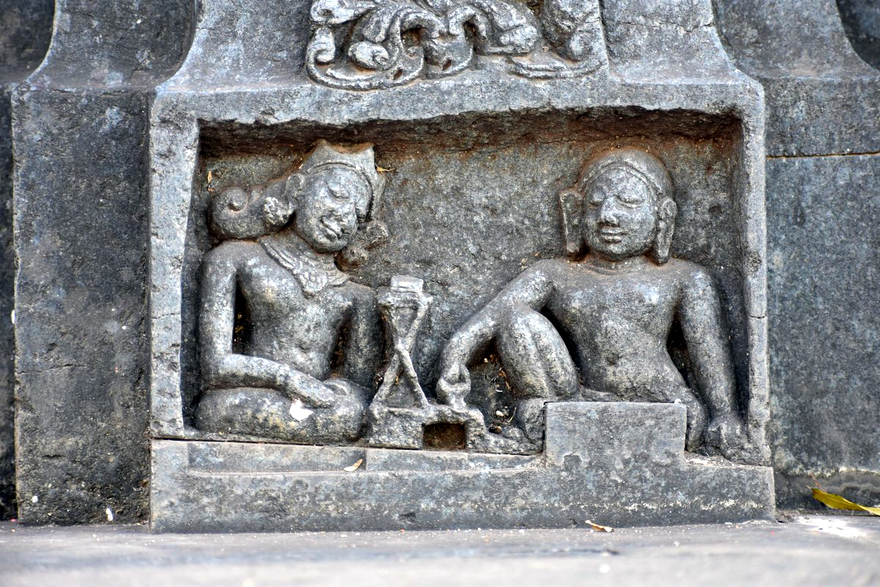
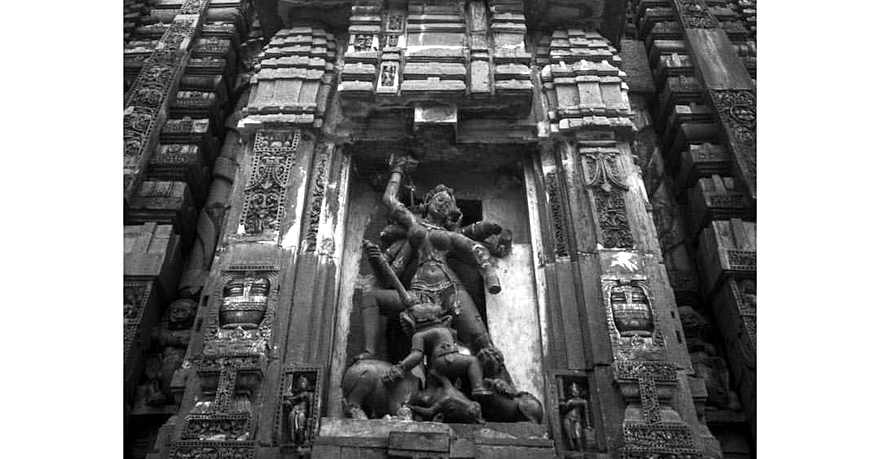
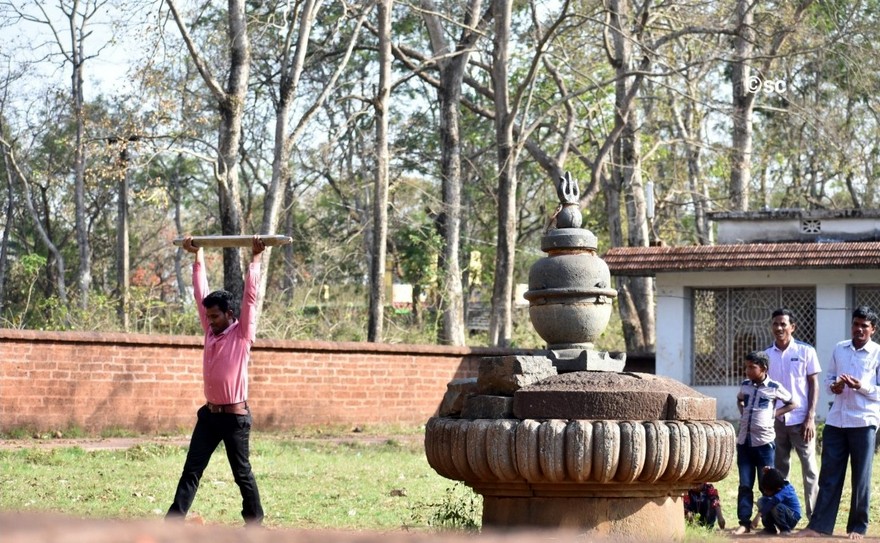
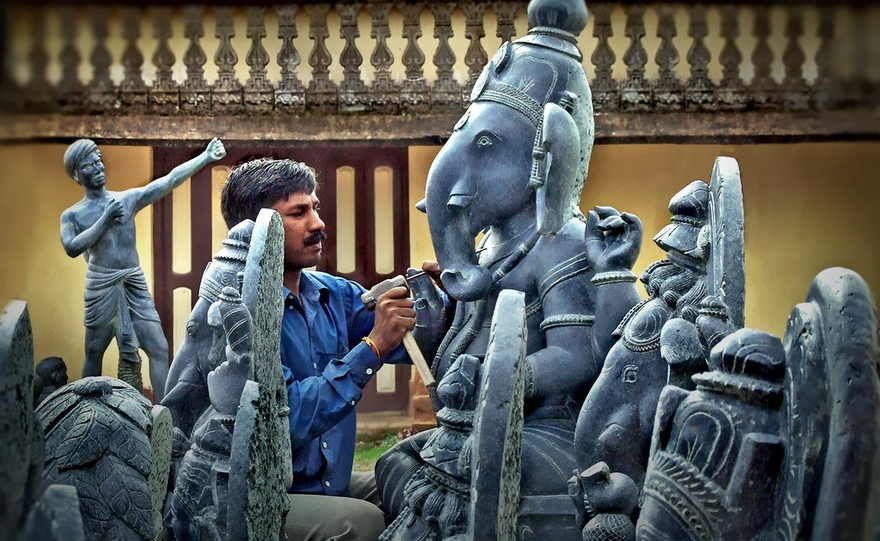
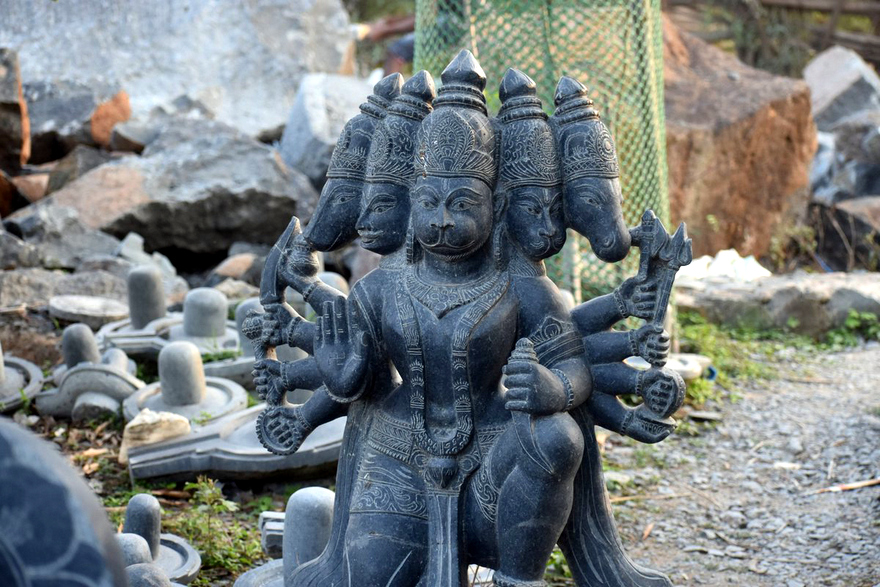


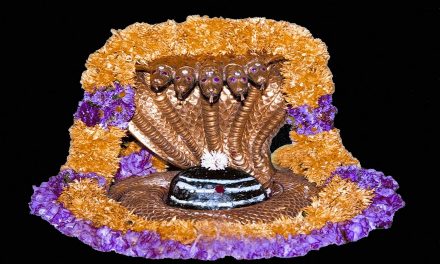









Very good & detailed information on a temple which is not widely known in south India.Some more information on how to reach and where to stay would be more useful for people interested in visiting this temple .
We should be very proud that in ancient India,we had such great artisans of world standard.
Awe inspiring.. The Ramayana & Mahabharatha should be in the curriculum for all indians